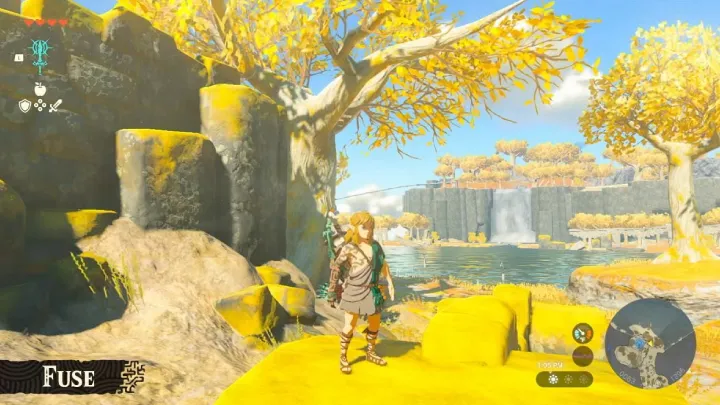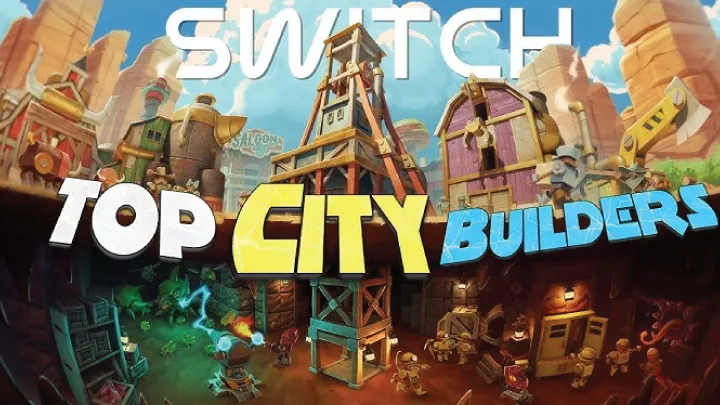The Legend of Zelda: The Significance of Exploration in Breath of the Wild

The Legend of Zelda: Breath of the Wild revolutionized the action-adventure genre with its vast open world, encouraging players to explore every corner of Hyrule. Unlike previous titles in the series, this game emphasizes exploration as a primary gameplay mechanic, allowing players to engage with the environment in unprecedented ways. This article will delve into the significance of exploration in Breath of the Wild, examining its impact on gameplay, narrative, and player experience.
The Open World: A New Approach
Freedom of Movement
At the heart of Breath of the Wild is the concept of freedom. Players are given the ability to traverse a sprawling landscape filled with diverse terrains, from lush forests to arid deserts. This open-world design encourages players to approach challenges in their own unique ways.
Verticality and Climbing
One of the standout features of the game is the ability to climb almost any surface. This verticality adds depth to exploration, enabling players to scale mountains, discover hidden locations, and find shrines in unexpected places.
Non-Linear Gameplay
Unlike traditional Zelda titles, which often guide players through a more linear progression, Breath of the Wild allows for non-linear exploration. Players can choose their path, tackle challenges in any order, and even engage with the main quest at their own pace.
Emergent Gameplay
This freedom leads to emergent gameplay, where players create their own experiences. For example, some may choose to focus on collecting resources and crafting, while others may prioritize combat or puzzle-solving.
Environmental Storytelling
Rich Lore Through Exploration
The landscapes of Hyrule are not just backdrops; they are filled with stories waiting to be uncovered. Environmental storytelling is a key aspect of exploration, with ruins, ancient artifacts, and hidden locations providing context to the game’s history.
Discovering the Great Calamity
As players explore, they learn about the Great Calamity and the events that led to Link’s slumber. Each area holds clues about the past, enriching the narrative and adding layers to the player's understanding of Hyrule.
NPC Interactions
Exploration also leads players to various NPCs who share insights, lore, and quests. These interactions enhance the world-building and create a sense of community within Hyrule.
Side Quests and Character Development
Many side quests stem from exploration, allowing players to engage with the lives of Hyrule's inhabitants. These quests often reveal character backstories and contribute to the game’s overall narrative.
The Role of Shrines and Challenges
Shrines as Exploration Incentives
Shrines are scattered throughout Hyrule, serving as mini-dungeons that reward exploration. Each shrine presents unique challenges, encouraging players to experiment with game mechanics.
Puzzle Variety
The puzzles within shrines range from environmental challenges to combat trials, promoting diverse strategies. This variety keeps exploration fresh and engaging, as players constantly encounter new experiences.
Unlocking Abilities
Completing shrines rewards players with Spirit Orbs, which can be used to enhance Link’s abilities. This progression incentivizes exploration, as players are motivated to seek out shrines to become more powerful.
The Importance of Resource Gathering
Crafting and Survival
Exploration in Breath of the Wild is closely tied to resource gathering. Players can collect food, materials, and weapons, which are essential for survival and progression.
Cooking Mechanics
The cooking system allows players to experiment with different ingredients, creating meals that provide various buffs. This adds an additional layer of strategy to exploration, as players must consider their inventory and resource management.
Environmental Interactions
The environment is responsive to player actions. For example, players can chop down trees for wood, hunt wildlife for meat, or gather herbs for potions. This interactivity makes exploration feel rewarding and impactful.
The Psychological Impact of Exploration
The Joy of Discovery
One of the most rewarding aspects of exploration is the joy of discovery. Finding hidden treasures, uncovering secrets, and encountering unexpected events create memorable moments that enhance player satisfaction.
Personal Stories
Each player’s journey through Hyrule is unique, shaped by their choices and discoveries. This personal touch fosters a deeper connection to the game world, making exploration feel meaningful.
Overcoming Challenges
Exploration often involves overcoming obstacles, whether they be environmental hazards or powerful enemies. These challenges provide a sense of accomplishment and contribute to player growth.
The Thrill of Adventure
The thrill of venturing into the unknown is a core element of Breath of the Wild. Players are constantly rewarded for their curiosity, whether through new abilities, lore, or simply breathtaking vistas.
The Role of Music and Sound Design
Immersive Soundscapes
The sound design in Breath of the Wild plays a crucial role in enhancing exploration. The subtle, atmospheric music and ambient sounds of nature create an immersive experience that invites players to linger and explore.
Dynamic Audio
The game’s music shifts based on the player’s actions, heightening emotional moments during exploration. For example, tranquil music accompanies peaceful exploration, while intense themes escalate during combat.
Emotional Connection
The combination of music and sound design deepens the emotional connection to the game world. Players feel a sense of peace in serene areas and urgency in dangerous situations, enriching the exploration experience.
Exploration as a Core Theme
The Spirit of Adventure
At its core, Breath of the Wild embodies the spirit of adventure. The game encourages players to embrace curiosity, explore the unknown, and forge their own path through Hyrule.
Themes of Freedom and Discovery
This theme resonates throughout the gameplay, as players are continually invited to discover new landscapes, unveil secrets, and connect with the world around them. The freedom of exploration is a central pillar of the game’s design.
Impact on Future Titles
The emphasis on exploration in Breath of the Wild has set a new standard for open-world games. Future titles in the Zelda series and other franchises are likely to adopt similar mechanics, recognizing the value of player agency and exploration.
Conclusion
The Legend of Zelda: Breath of the Wild redefined exploration in gaming, offering players unprecedented freedom and engagement with a richly crafted world. Through environmental storytelling, resource gathering, and dynamic gameplay, the game encourages players to embrace curiosity and adventure. The impact of exploration on gameplay, narrative, and player experience ensures that Breath of the Wild remains a landmark title in the gaming landscape.

















